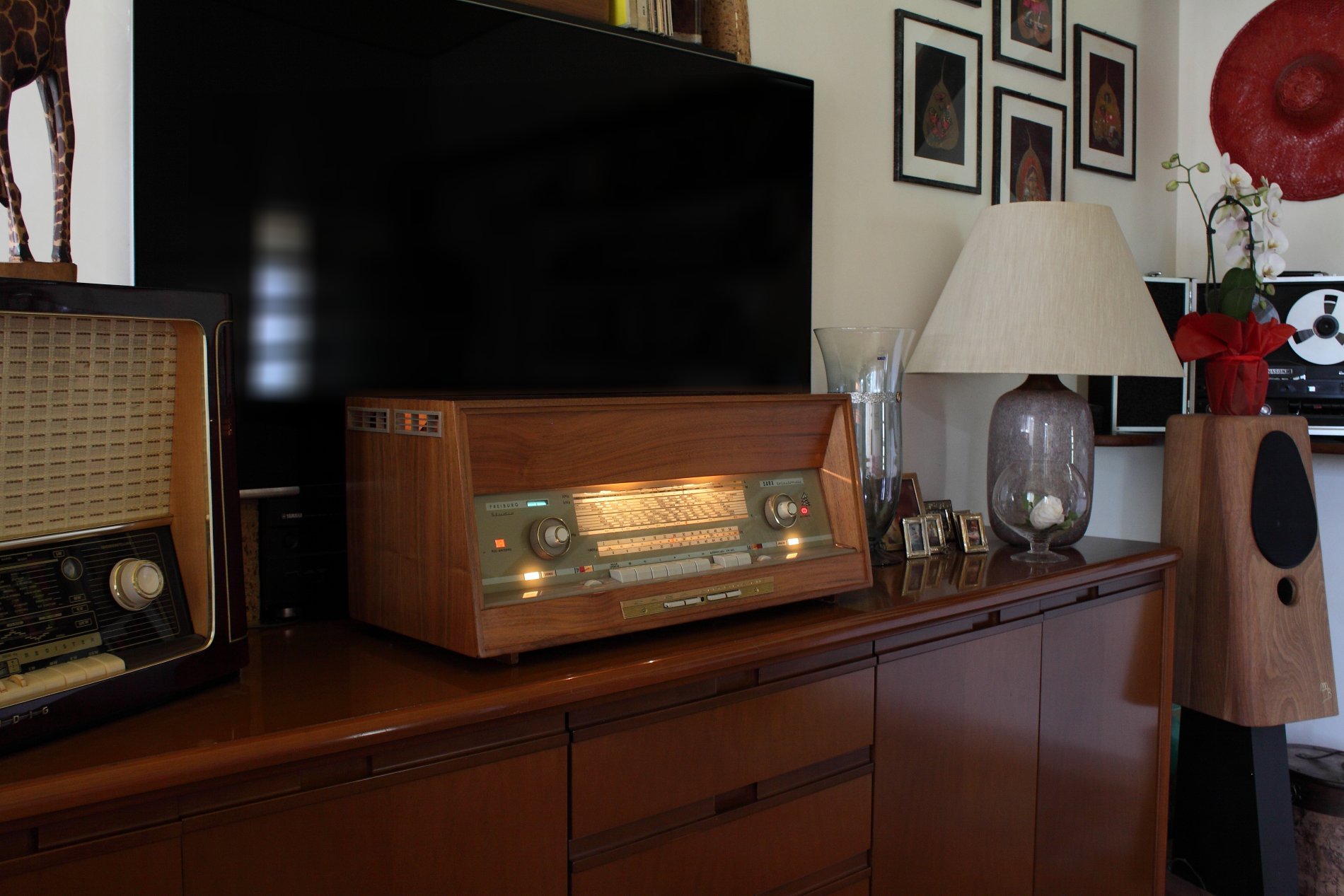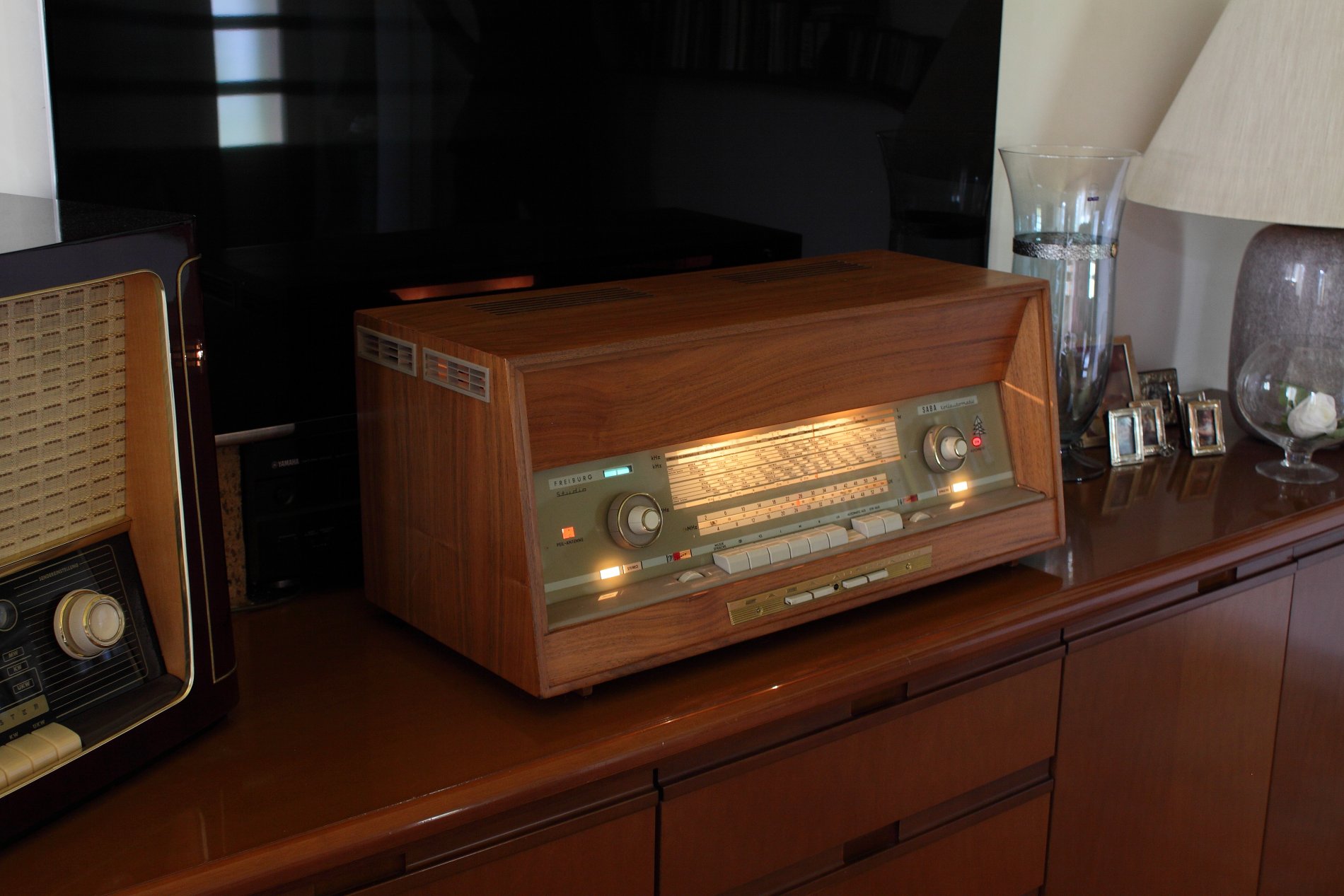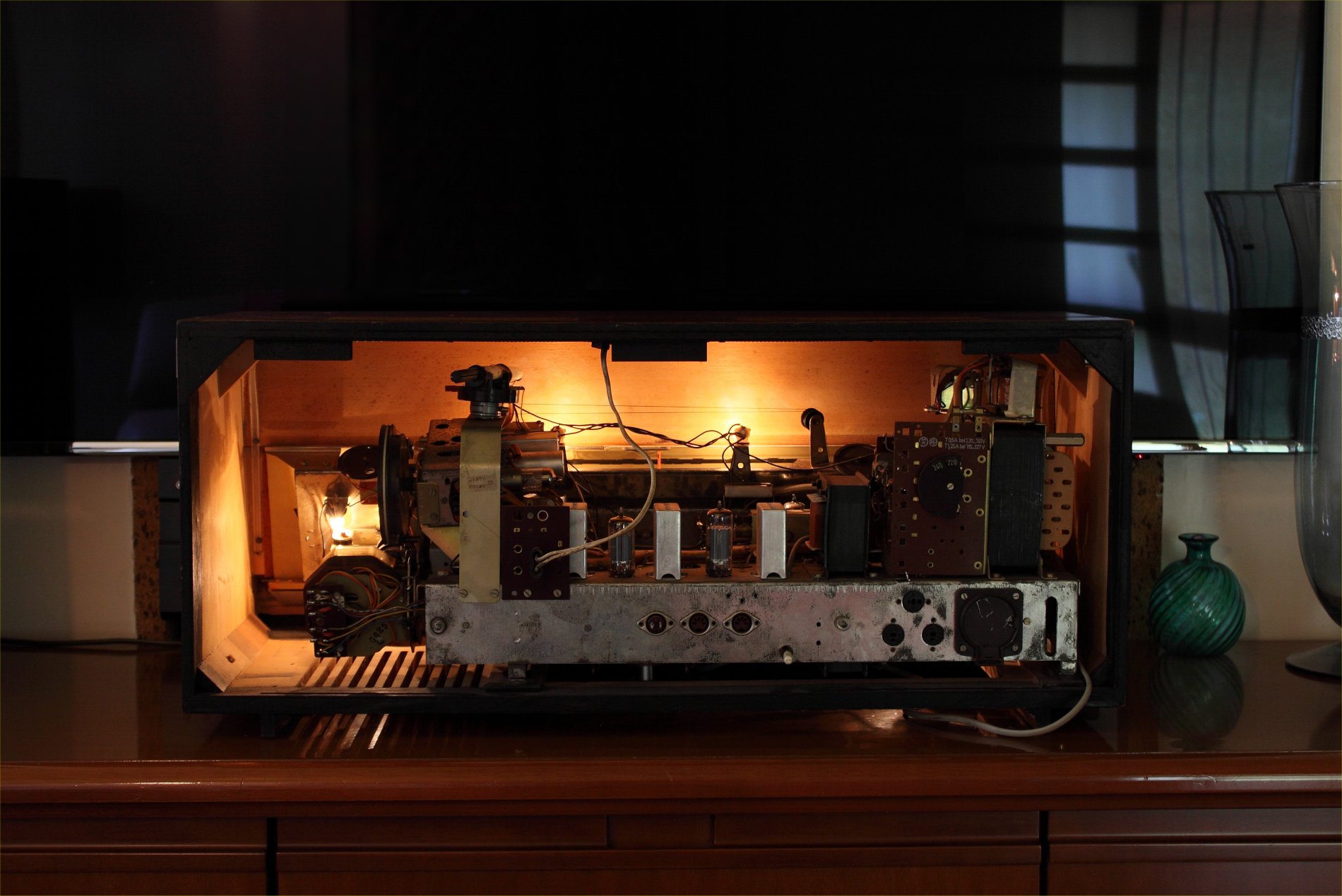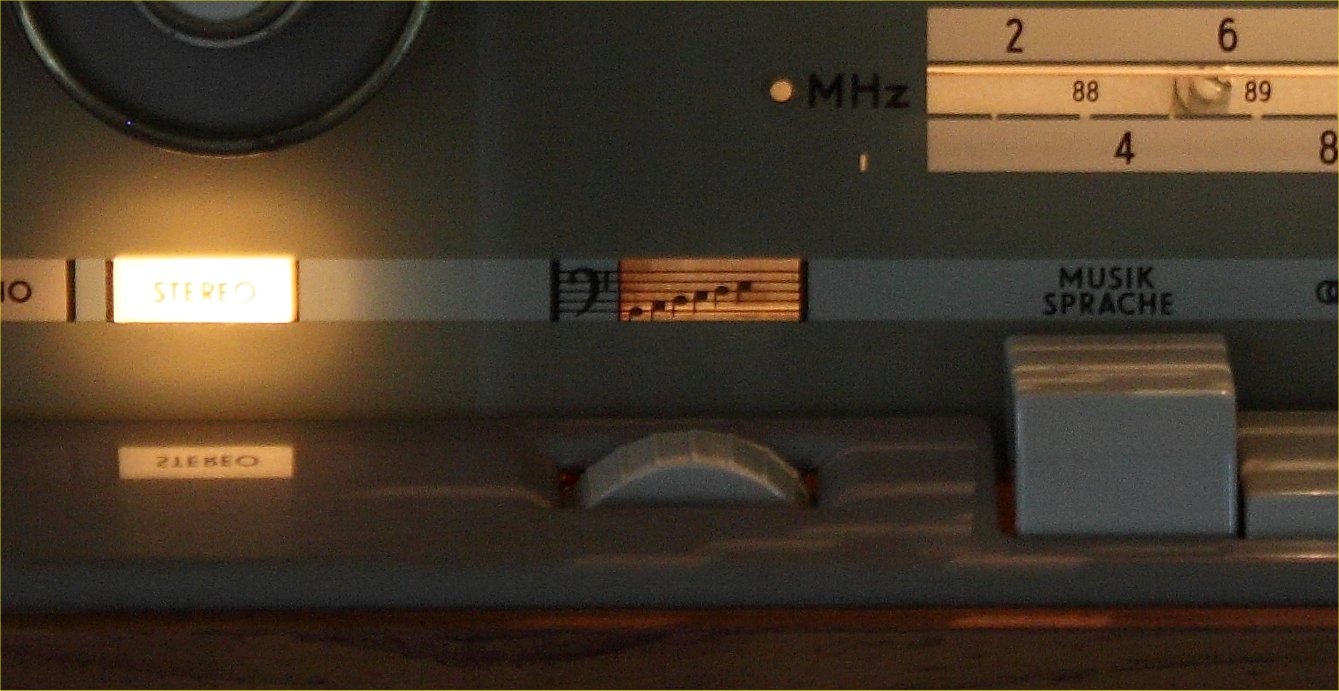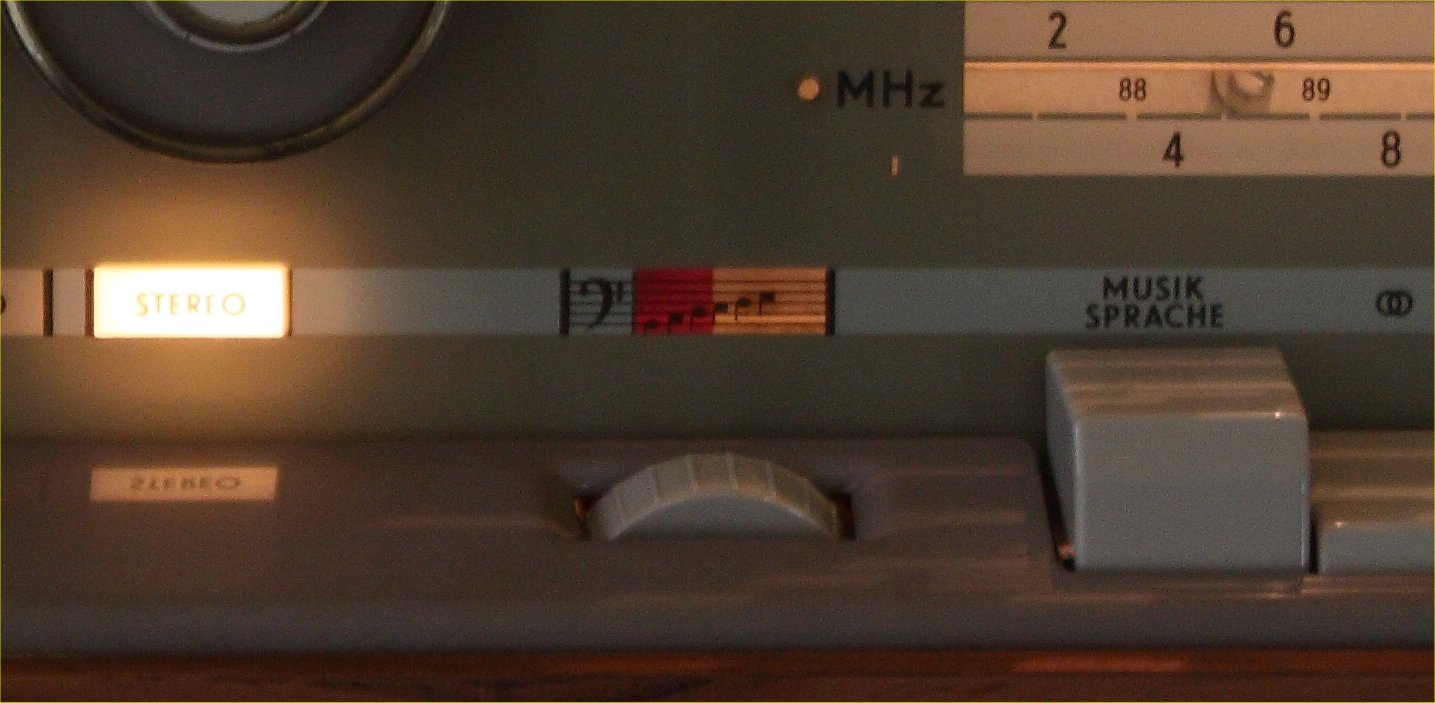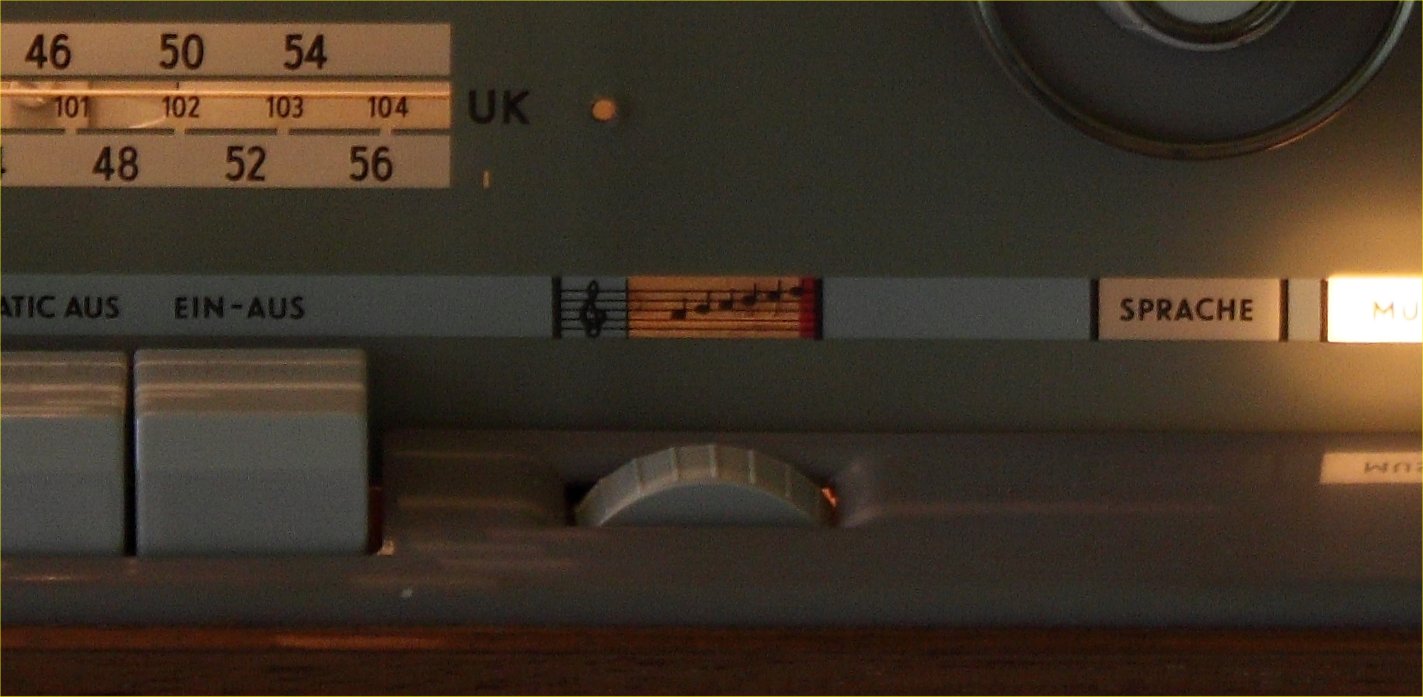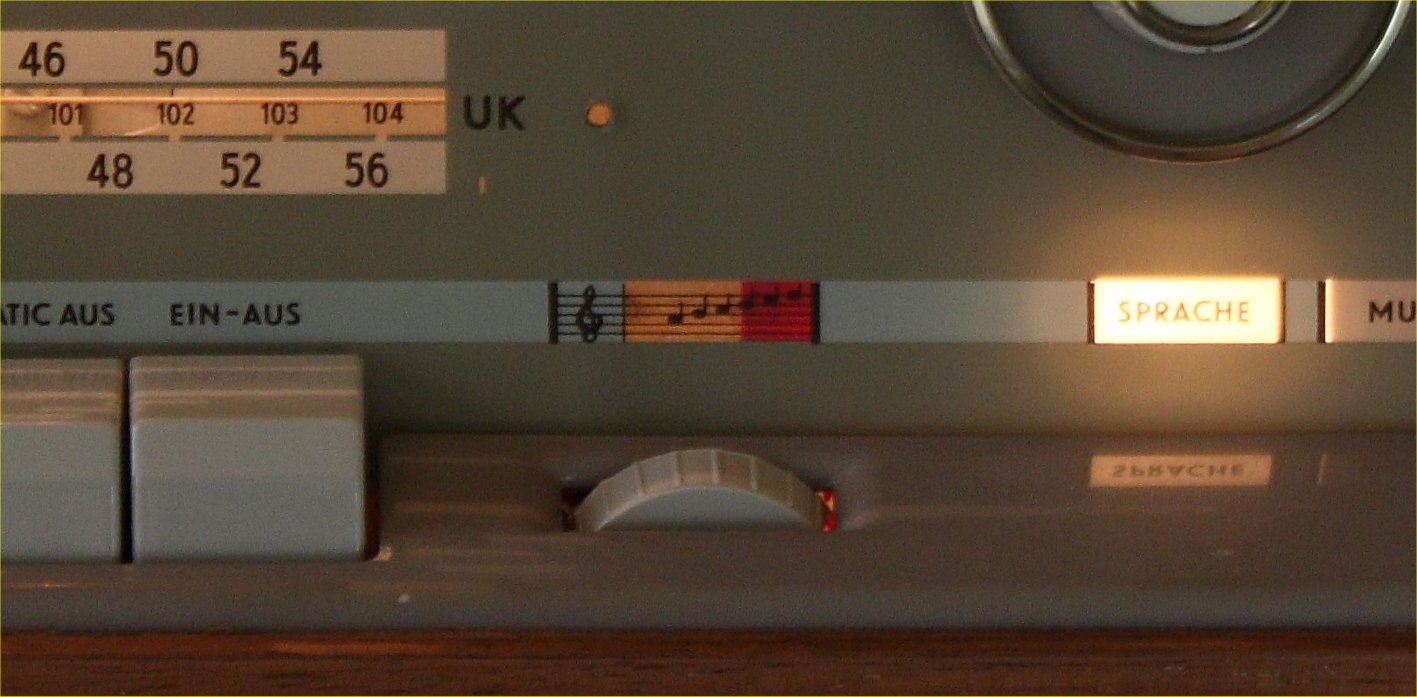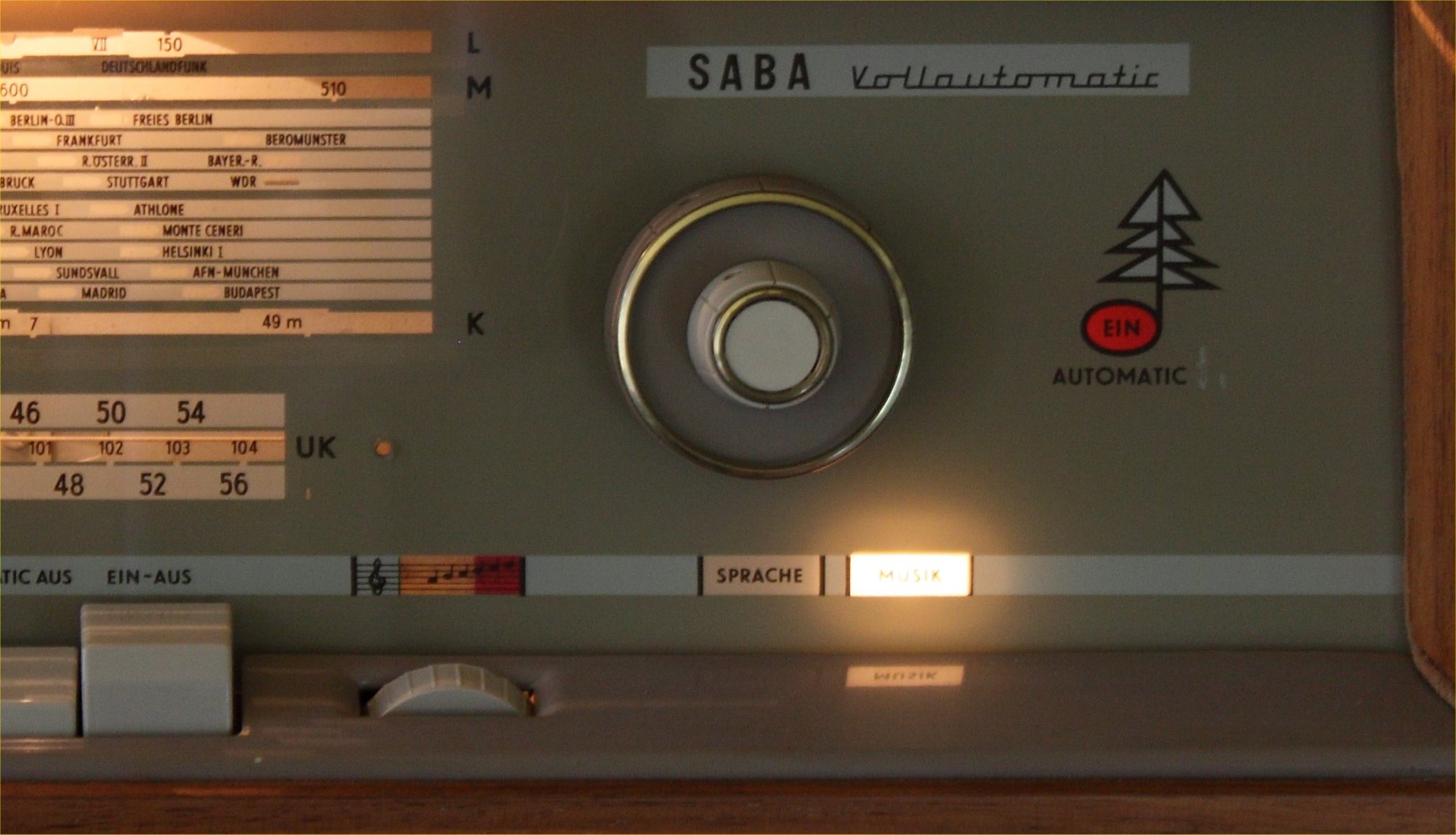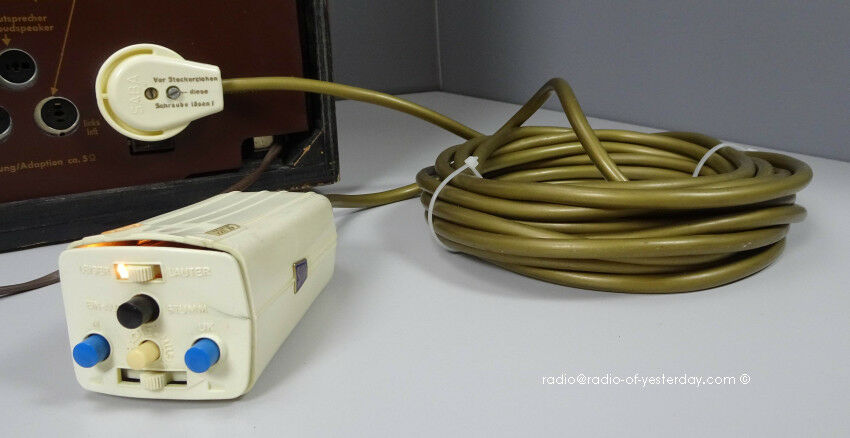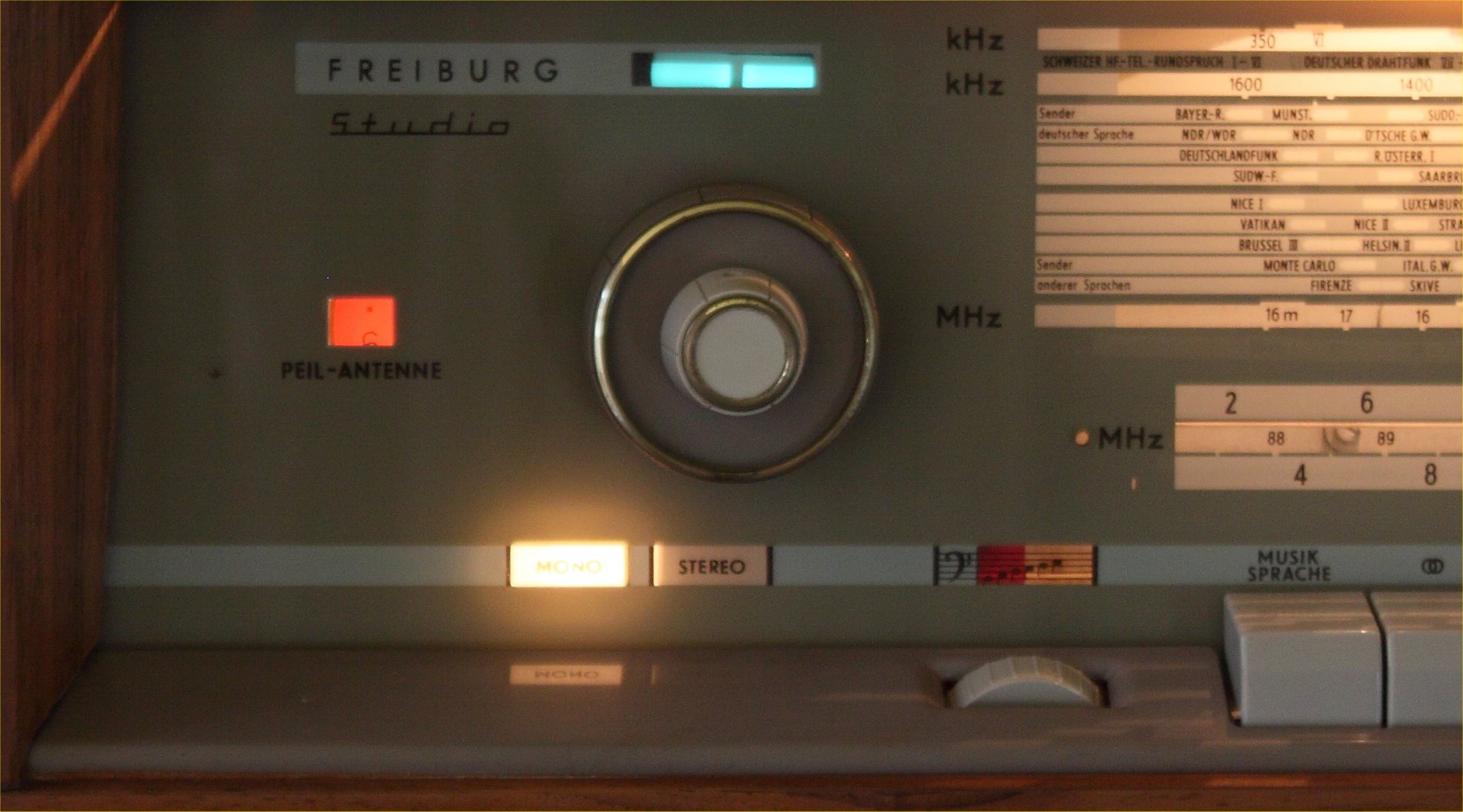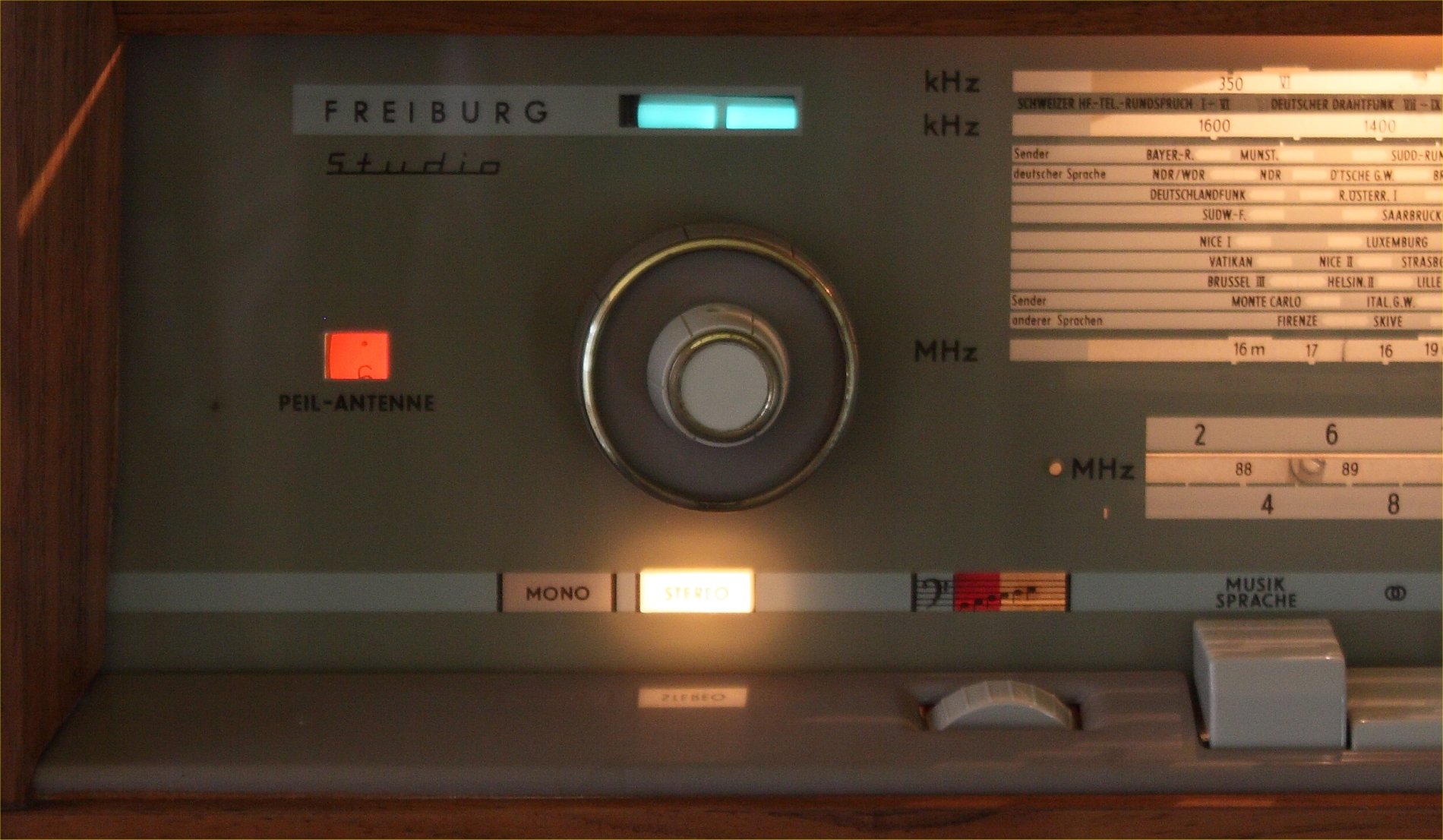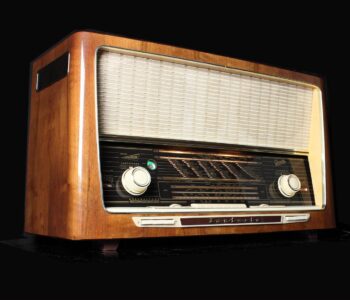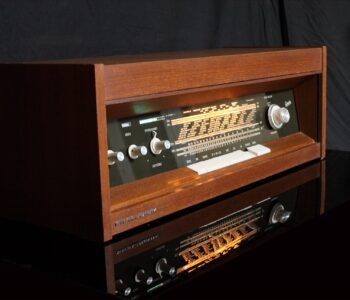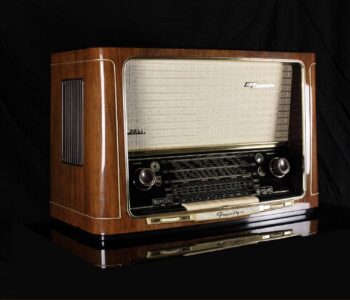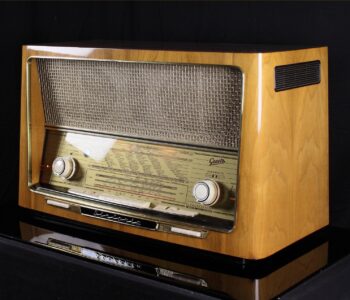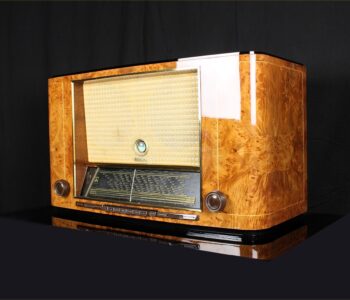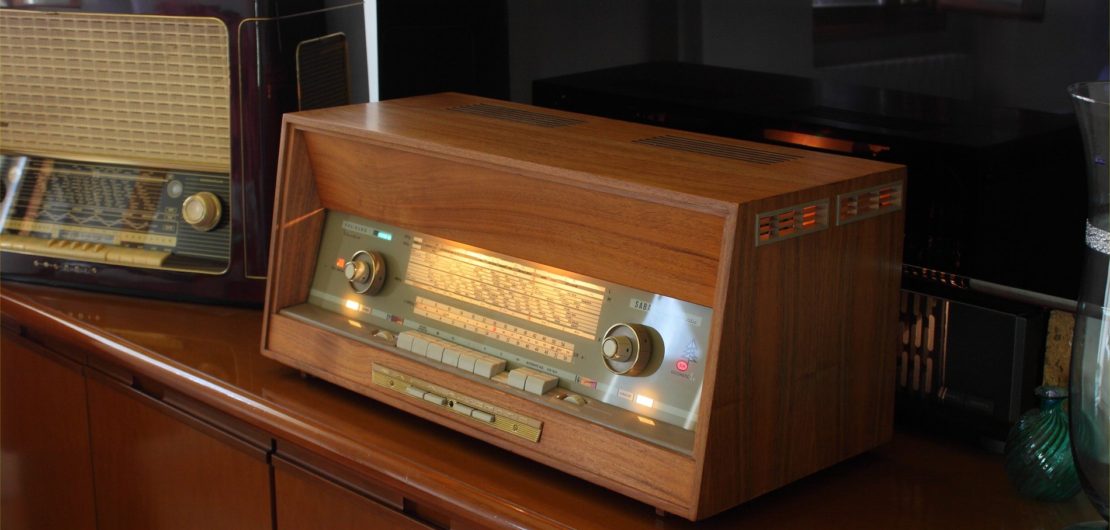 freiburg studio - cn
freiburg studio - cn
Saba Frei…
- by giovanni
SABA FREIBURG STUDIO
The Saba Freiburg Studio is almost identical to the Freiburg 14 and Freiburg Studio A.
The latter has a different design of the dialglass and the stereo decoder mounted standard, with its indicator on front.
The Saba Freiburg Studio is however ready for mounting a stereo decoder, so just insert it in the special socket after removing the plug.
The description is therefore the same as the Freiburg 14 model that has been previously reviewed.
The Saba Freiburg Studio are the highest expression of German production with regard to tube receivers equipped with automatic search.
No German receiver can give more, and none contains all the features and performances that Freiburg Studio have.
Electronically, it is the same machine used in the Saba Freiburg 14 or Saba STudio A, so refer to this page for the technical description, but the flexibility is very different.
In this description I will focus precisely on this versatility.
- The first advantage is that being without speakers the cabinet is much more compact, and this allows you to position it in the environment with much more ease.
- The second advantage is that is possible to pair the device with the most suitable speakers and position the speakers in the most appropriate way for ideal listening.
These possibilities offered by receivers, including the Saba Freiburg Studio, are extremely important. If well used they can radically change the sound of a system.

-
BLUETOOTH
Bluetooth receiver embed
-
MULTI PLATFORM CONNECTION
Each radio is equipped with a cable for connection to any digital device.
ELABORAZIONI TUBESOUND
- Bluetooth receiver embed – The unit is equipped with a BLUETOOTH receiver powered directly by the receiver power supply. This makes it possible to control the amplifier from any external digital device as an IPAD, a Smartphone, or a sophisticated multimedia station. So you can hear your preferred web station or your lossesless file without cables on the room. Wireless Receiver can be equipped upon requests.
– Multi Platform Connection – A customized adaptation cable to connect any digital device as Iphone, Smartphone, Laptop, CD Player etc. will be provided with this radio. This special cable suits the different impedances between the modern equipment and the receiver. Furthermore the two stereo channels flow into one without increasing the load to the input unit.
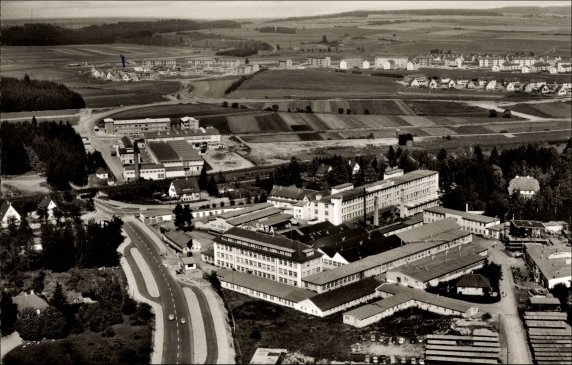

HISTORY
SABA is the acronym for Schawarzwälder-Apparate-Bau-Anstalt meaning engineering institute of Technological appliances of the Black Forest.
The company was founded back in 1835 by Joseph Benedikt with the initial name of Jockele-Uhren, but only in 1923 the production of radio devices began and the company went under the name of SABA.
Toward the end of the 20s SABA became famous with the well-known S35 and in the following years it became the second German producer after Telefunken. During the war SABA produced military equipment and in 1945 the company was completely destroyed by a bombing.
In 1947 the production of radio devices began again and SABA distinguished itself immediately for ist avant-garde and high- quality production.
hey also began to produce TVs (the first PAL color TV is a SABA), house appliances and medical equipment. Many Italians used to work there. The Alnico Greencone loudspeakers became popular for their linearity, power handling, constant impendence that would be employed in each Hi-Fi devices of that time.
The radio devices with motorized tuning became popular as well and SABA became the representative German brand meaning quality, reliability and detailed precision. In the 1970s the decline began. According to specialized magazines of that time not having a Japanese device at that time meant not having Hi-Fi. In the 80s Thompson took over SABA. In the 90s the other way around, having a Japanese device of the 70s meant not having Hi-Fi. They found out that they functioned with a 96% counterreaction and that a device with 0.001 db from 1 to 100 KHz extension did not necessarily sound good.
We do not trust our ears and we do trust what other people say not necessarily with a good purpose.
2007: due to insolvency SABA disappeared from the TLC (Chinese) and Thompson (French) joint venture, and SABA ceased to exist.
MAIN FEATURES
Year of production: 1963-64
10 AM Circuits
13 FM Circuits
Wavebands: Medium Waves (OM), Long Waves (OL), Short waves (OC), FM (UKW)
5 Greencone loudspeakers:
2 x 10" Alnico woofers
2 x 8" Alnico mid/woofers
1 Elliptical tweeter
Dimensions (LHD):: 27,6 x 17.9 x 12.2 inch
Net weight: 53.6 lb
14 Tubes: EC92 EC92 ECH81 EF89 EM87 EBF89 EF86 EF86 ECC83 ELL80 ELL80 EM84 EABC80 ECL80
Ferrite rotating aerial
Automatic tuning research
Optional remote control
FM stereo decoder arrangement


AERIALS
Rotating ferrite curve with lightened window indicating its position.
The ferrite curve can be rotated through a big knob which is coaxial to the volume knob. Inside the piece of furniture there is a dipole for the FM reception and a directable ferrite curve for the AM reception.
SEPARATE CONTROL TUNING BETWEEN AM AND FM
The device is equipped with separated tuning mechanisms for AM and FM bands and for each of the FM bands.
There is only one tuning knob but the selector changes on a cable and pulley system that are separated according to the band.
Worth noticing is the accuracy and the complexity of the motorized FM group.


TUNING INDICATOR
The magic eye indicating the tuning of each station is new.
AUTOMATIC MOTORIZED TUNING
The tuning system is a masterwork.
It is a motor with windings supplied in a phase shifted by some capacitors. It permit to change the motor rotation direction of according to whether the search is in one sense or another.
The tuning is centered by drawing part of the signal from the CAC circuit and by using a relais controlled by a tube.
As already mentioned, calibration is rather complex and it cannot be put into practice without referring to SABA’s original manuals.
Below a detail of the engine and the scheme section to control the automatism.


VOLUME CONTROL
Another interesting feature is the volume control.
The knob does not automatically control the volume potentiometer. It controls through an unknot push-back.
The motorized remote control has a slight friction effect which strengthens the resistance when you turn the knob.
The first small window that can be seen on the left side indicates whether the ferrite curve is inserted and its position.
On the left side you can also find the volume control (with incorporated loudness) and the ferrite curve rotation control.
Right above the volume control there is a magic eye indicating the perfect tuning of each station.
Below you can see the Mono/Stereo indicator and further below the bass control knob.
The AM bands with Short, Medium and Long Waves and the FM displays.
Starting from the lefthand corner you can see the Musik/Sprache, Stereo/Mono, AUX input buttons, the band switch buttons, the Long, medium, short waves and FM switch buttons and the motorized tuning system (Automatik) button.
Lastly the ON/OFF button.
Next to it the acutes control knob is to be found.
The Musik/Sprache equalizer indicator.
On the right, the tuning knob, which is supported by a big fly-wheel that renders its movement really pleasant.
The automatic tuning functioning indicator is to be found on the right as well.
Below two buttons for the automatic tuning functioning. Each button activates the automatic tuning mechanism in one or the other direction. By pushing one of those buttons the engine constantly activates the tuning indicator for a fast reposition.

REAR SIDE
Output for external speakers.
Socket for recorder (tonbandgerat).
Turntable input (Tonabnehmer)
AM and FM aerial inputs and ground socket.
Remote control inputs
THE USUAL AMAZING LAST IMAGE

